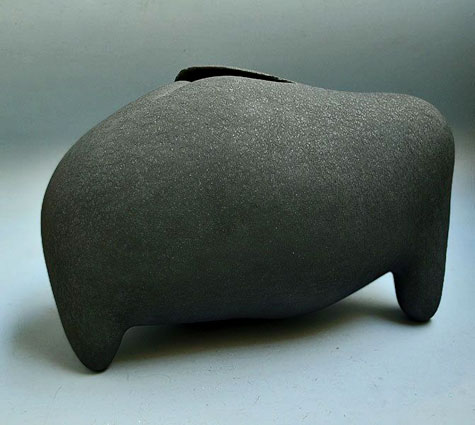
Takiguchi Kazuo ceramic sculpture
The concept of aesthetics in Japan is seen as an integral part of daily life, especially since the dominant religion of Shinto is a celebration of the innate beauty of landscapes and emphasizes the wholeness of nature. Shin is related to kami which includes the ‘essence’ of the inanimate and animate, including rocks, rivers, trees, animals and people.
The inclusion of Tao and Zen Buddhist philosophies into Shinto contributed to an understanding of the subtle balance that permeates nature and its appreciation became fundamental to the aesthetic ideals of the ‘arts’ and other cultural elements. According to the Japanese philosopher Kitaro Nishida, the essence of Oriental wisdom is driven by fact that one craves for harmony in experience and also for unity. Much of what the West admires in Japanese art today can be traced to Zen influences on Japanese architecture, poetry, ceramics, painting, calligraphy, cuisine, gardening, the tea ceremony, flower arrangement, and other crafts.
This was expressed in the Japanese arts, for example in calligraphy, where the brush line became sweeping and fluid — spontaneous rather than predictable, irregular rather than regular. In landscape painting, emptiness became a crucial ingredient and space itself was brought to life with a few strokes of the brush. Japanese haiku ( poetry) embraced silence and simplicity to evoke mood and sensation while Ikebana flower arrangement achieved beauty with a solitary spray of blossoms and emphasis on space instead of a complex arrangement and combination of colours favored by Western floral artists.
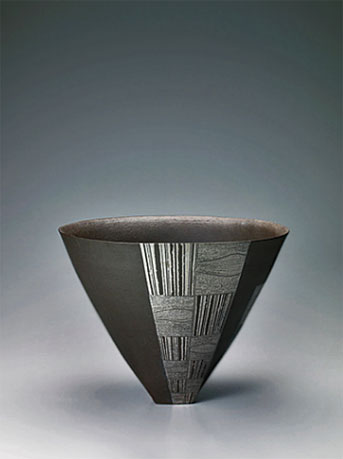
Yukiko Asakura flower vessel
The aesthetic concept of Shibui originated around 1370 and was used to describe an appearance or experience of intrinsically fine quality, tempered with economy of form, line, and effort, that created a timeless tranquility. Shibui objects appear to be simple overall but they include subtle details, such as textural design that balances simplicity with complexity. This is one instance among many where Shibusa treads a fine line between contrasting aesthetic elements, such as elegant and rough, a distressed uneven finish with smooth or spontaneous and restrained. The polarities all allude to the presence of the Taoist/Zen middle path, with its inherent stillness, detachment and serenity. Quietude represents one of the elements of Shibui along with the dynamic of moving towards non-dualism and the resolution of opposites. Shibui, represents a recognition or ‘felt sense’ of evolving perfection that is reinforced by the presence of opposites. Japanese potters, musicians, painters, bonsai and other artists often aspire to integrate ‘Shibui-like’ qualities into their art.
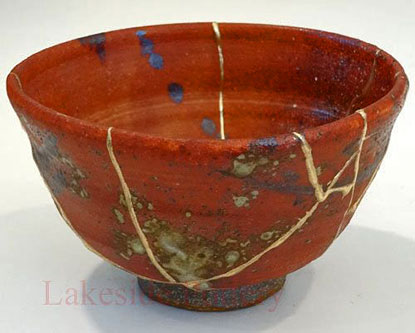
Kintsukuroi bowl
Wabi Sabi also contains the aesthetic of evolution of perfection where imperfections are accepted for the potential dynamic of still having to attain completeness. Kintsukuroi, the use of gold to repair broken pottery, is a recognition of this feature. Weathered, aged pieces contain the dynamic of new turning old, that evokes wabi sabi, as do irregular shaped pieces, possessing the potency of attaining symmetry.
Another aesthetic concept is Ensō, which means “circle”. It symbolizes the Absolute, enlightenment, strength, the Universe, and the Void. Some Zen Buddhist calligraphists believe that the character of the artist is fully exposed in how she or he draws an ensō.. Some artists will practice drawing an ensō daily, as a kind of spiritual exercise.
Gazing upon a horizon after a boat has sailed from view is used to describe the subtle aesthetic principal of “yugen” where the visual is more hidden than overt. Circumstances and objects that provoke the imagination and the subtle can be connected to yugen. A deep awareness of an elegant and profound beauty is associated with yugen and what is distinctive about Zen aestheticism is its emphasis on enlightenment through contemplation of beauty in nature and art.
Simplicity, balance and refined elegance in Japanese art acts as a metaphor for the depth and beauty inherent in the natural surroundings. Even the Samurai recognized the disciplines and sense of balance exhibited in the arts and emulated some of their principals, which is why it is known as martial ‘arts’. Japanese art is deeply established in the traditions and lifestyle of Japan and the strength and structure of their culture will ensure it future longevity. Of all the artistic disciplines in Japan, the ceramics arts is probably the most elevated, having an important role in the presentation of their cuisines , ikebana floral displays, tea ceremony and interior decor.
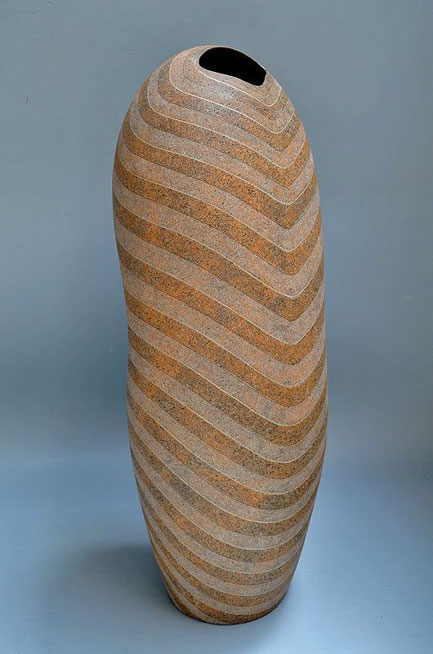
Contemporary vase – Usui Kazunari
20″ tall
Sold by Modern Japanese Ceramics, Kyoto
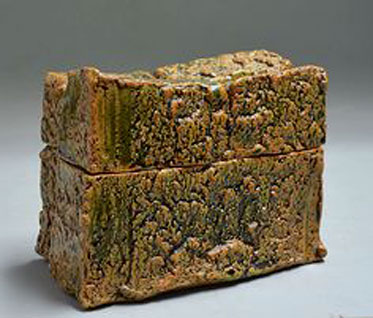
Oribe Koro Incense Burner — Kato Kuniya
Kato Toyohisa purple shino vase
Ceramic bowl – Zogan decoration – Matumura Matumura
‘Zogan’ (damascening or inlaying) technique, is carving into the surface of the pottery, then inlaying clay of other colors into the carved-out areas to make a design. After inlaying the clay, a glaze is applied and then it’s ghost-fired.
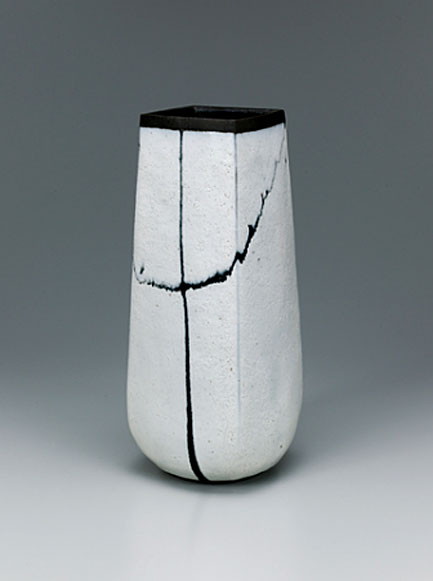
Ryo Suzuki
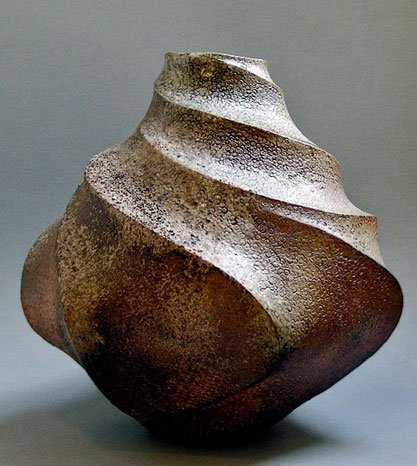
Tokoname Tsubo Vase – Konishi Yohei
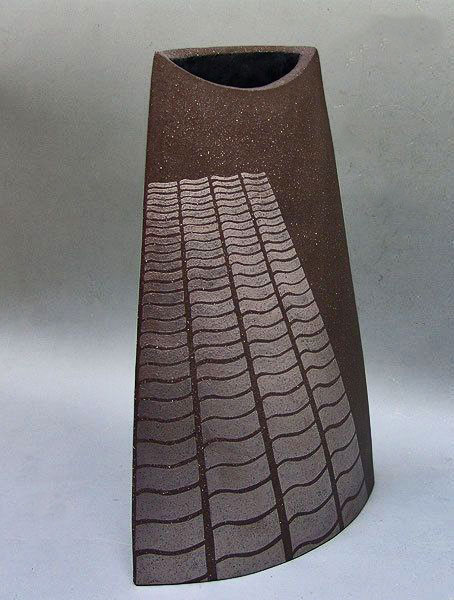
Contemporary vase – Hiraga Taeko A
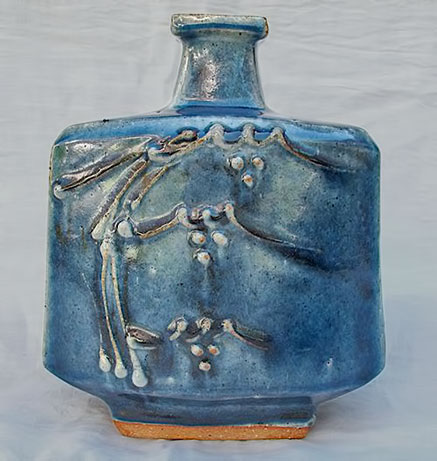
Slab molded bottle with clear celadon gosu underglaze – Kawai Kanjiro
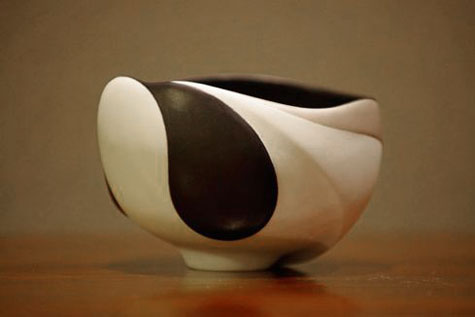
Footed black and white bowl – Yuri Takemura
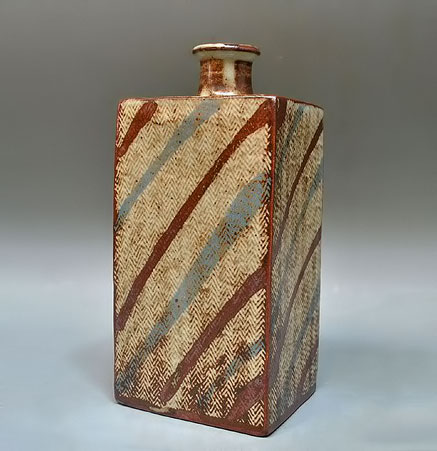
Mashiko Bottle Vase — Shimaoka Tatsuzo
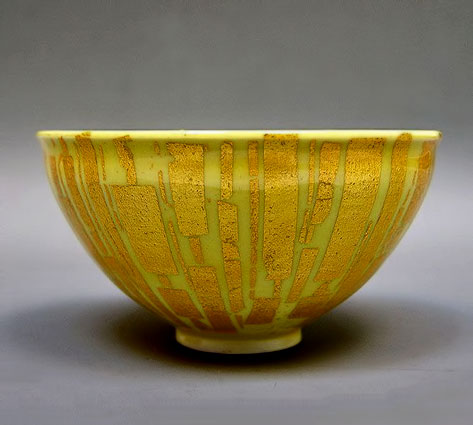
Chawan Tea Bowl by Ono Hakuko
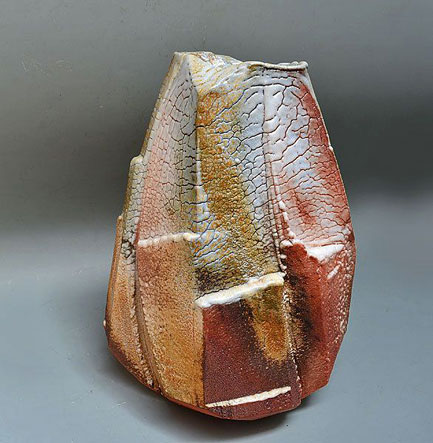
Faceted shino vase – Hayashi Shotaro – White Shino glaze clings like ice and thick snow to the crenellated precipices of this sculptural vase.
height 15 inches
Modern Japanese Ceramics Gallery
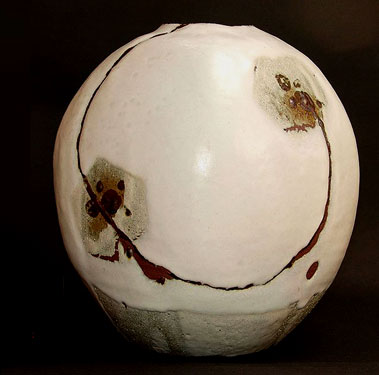
Shimizu Yasutaka
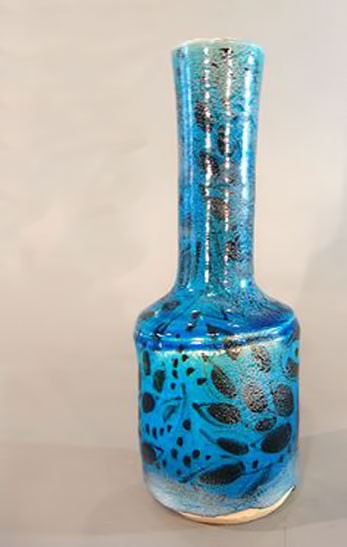
Tato Takuo vase
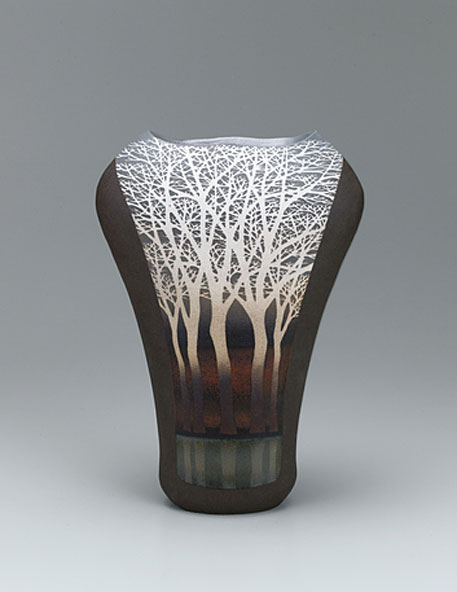
Vase with white tree zogan inlay design – Moriyoshi Saeki
The zogan (damascening or inlaying) technique, is where the surface of the pottery is carved, and then clay of other colors is inlaid into the carved-out areas to make a design. After inlaying the clay, a glaze is applied the it is ghost fired.
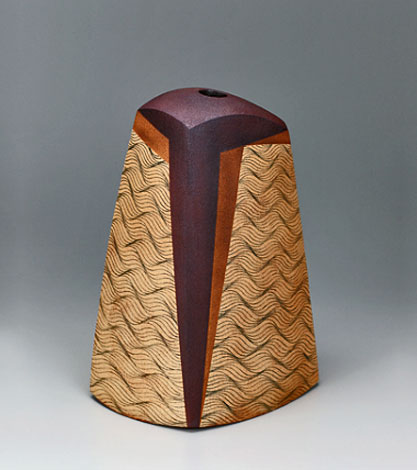
Contemporary Japanese vase – Atsuyuki Ueda
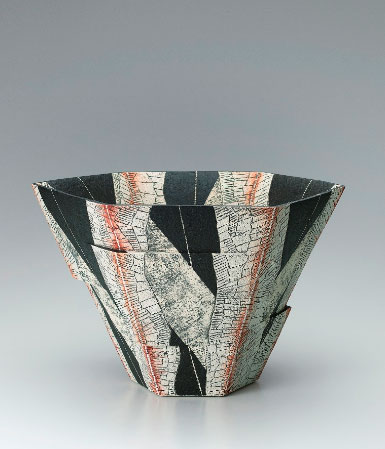
Hayato Sawada faceted vessel
Gallery Japan
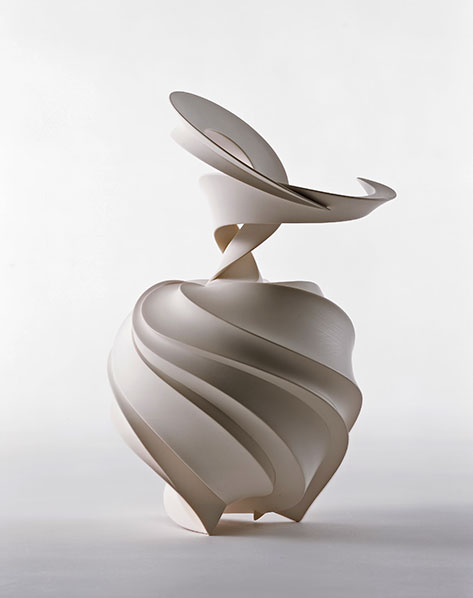
Porcelain lidded vessel – Takashi Ikura
21st Century Museum of Contemporary Art, Kanazawa
Photo: SAIKI Taku
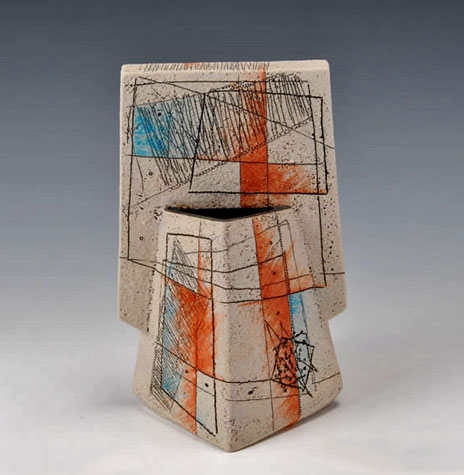
Contemporary ceramic vessel – Ki Kakuseki
japanpotterynet.com
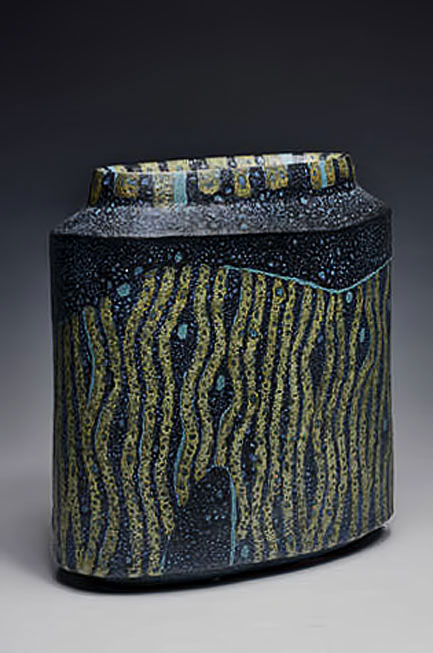
Morino Taimei
William Bayer Collection
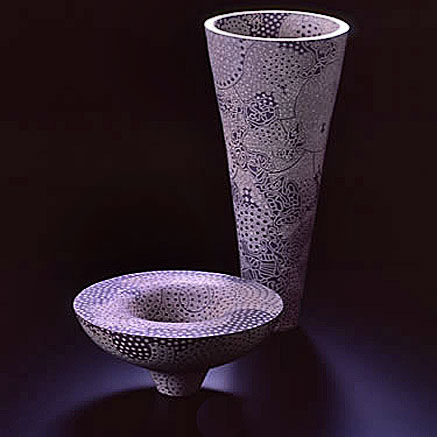
Junko Kitamura
Ceramic Arts and Perception
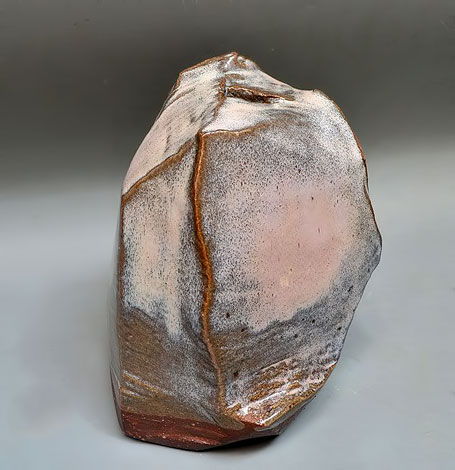
Kaneta Masanao
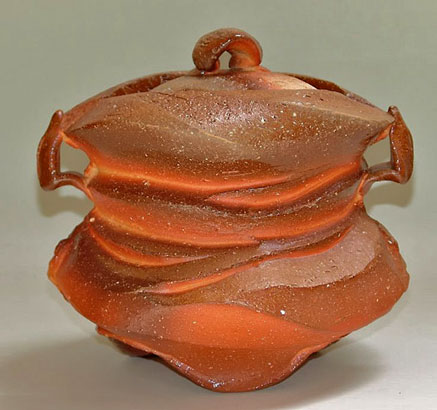
Kakurezaki Ryuichi – Mimitsuki fresh water container
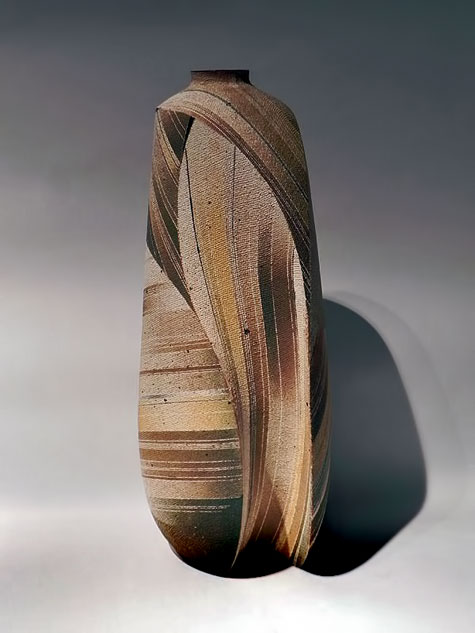
Kato Ichiro Exhibition — Kaki Tsuto gallery
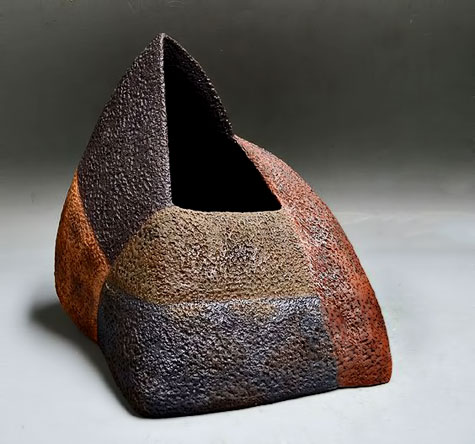
Kawamoto Taro sculptural vase
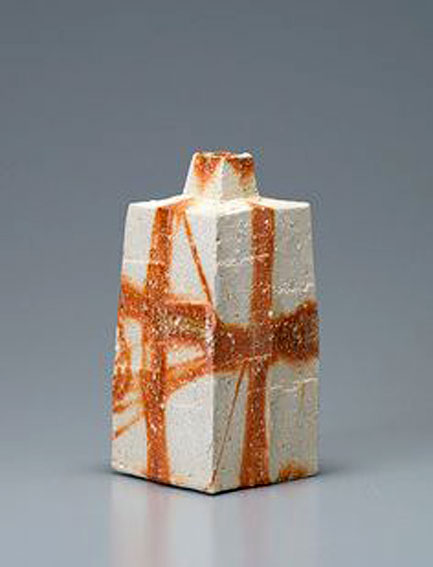
Ken Matsuzaki, Square vase, hidasuki technique.
Bizen stoneware, has the characteristic reddish hidasuki or “fire-marked” pattern. Bizen stoneware is produced from a unique clay that can only be mined from the Bizen area of Okayama Prefecture, Japan. The clay has an unusually high Fe content compared with the traditional porcelain clay and prior to firing, the Bizen works are wrapped in rice straw that was used originally as a separator to prevent adhesion. The hidasuki pattern only appears where the rice straw has been in direct contact with the clay and potassium from the straw is thought to be the catalyst.
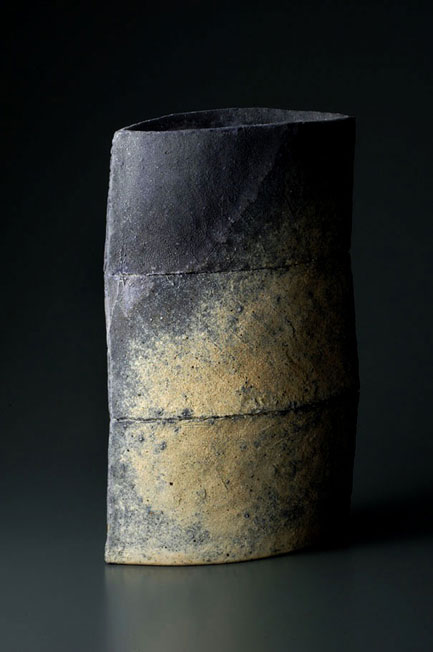
Ken Mihara
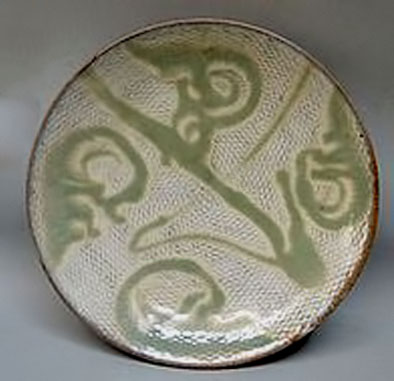
Shimaoka Tatsuzo jomon platter
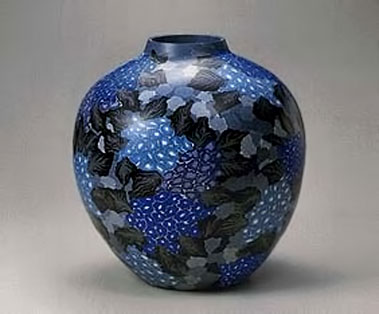
Marbled jar – hydrangea design – Matsui Kosei
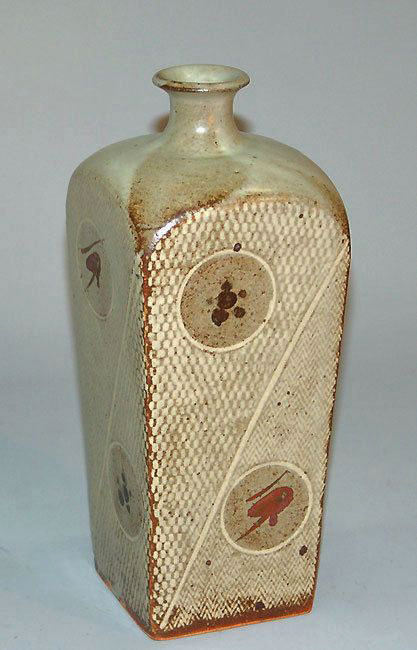
Large Mashiko vase – Shimaoka Tatsuzo
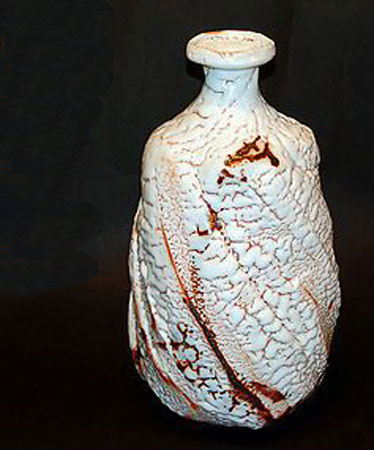
Large white Shino Tsubo by Hayashi Shotaro
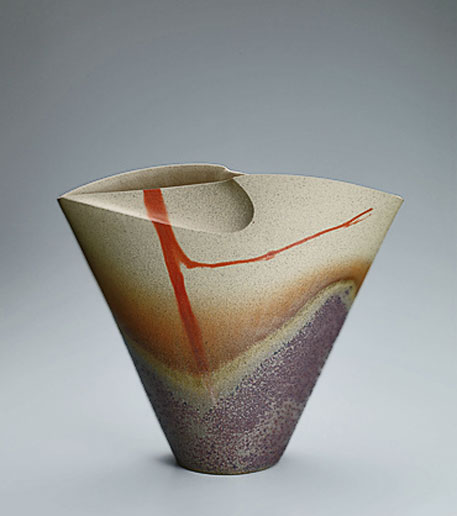
Bizen vase with fire marks and kiln mutation effect – Kazuya Hashimoto
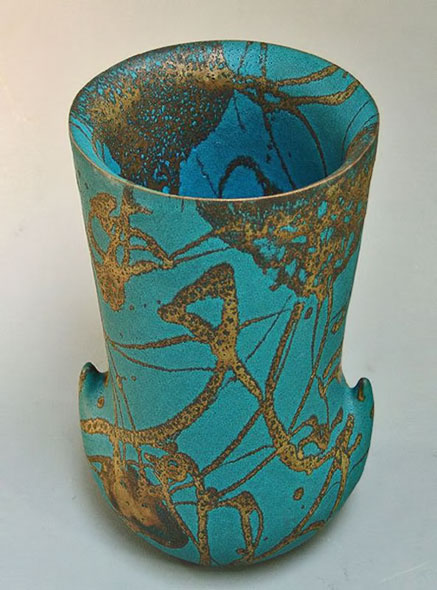
Large turquoise and gold sculptural vessel by Morino Taimei
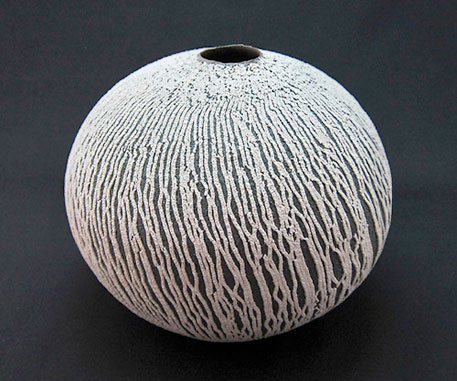
Mitsui Kosei
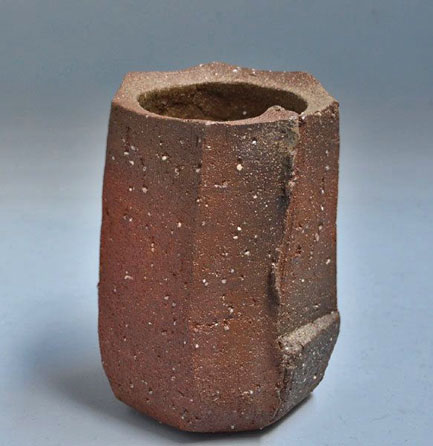
Mentori Shigaraki Vase by Koyama Yasuhisa
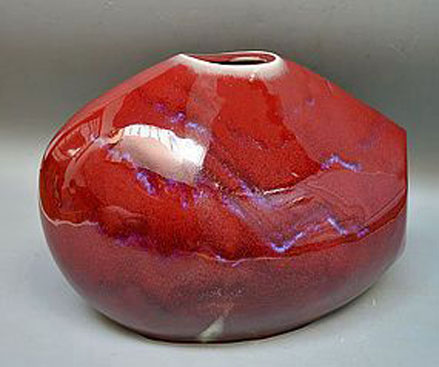
Yamazaki Akira
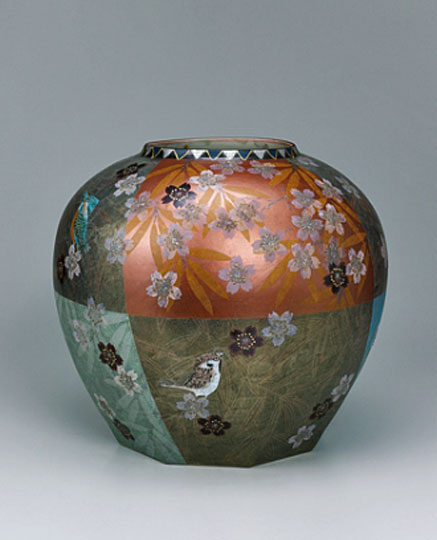
Faceted bowl with Iroe decoration in engraving overglaze enamel gold and silver. Hokuto Ito
‘Iroe’
Iroe (literally color painting in Japanese) is a technique in which a transparent glaze is applied and the piece glost-fired, then paint is applied over the glaze and the piece is fired again at a low temperature of approximately 800 degrees Celsius. It is also called uwae, or over-painting. The paint used in traditional iroe is known as wa-enogu (Japanese-style paint), and color choices include red, blue, yellow, green and purple. It is also possible to use yo-enogu (Western-style paint).
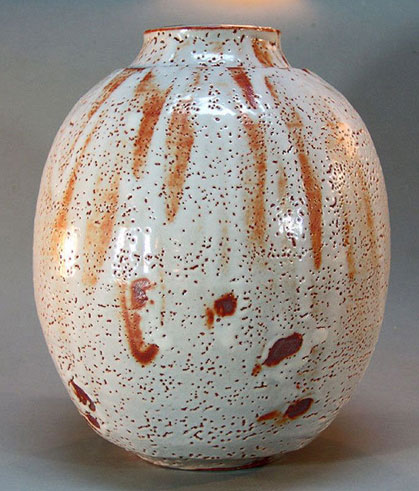
Ando Hidetake ovoid vase
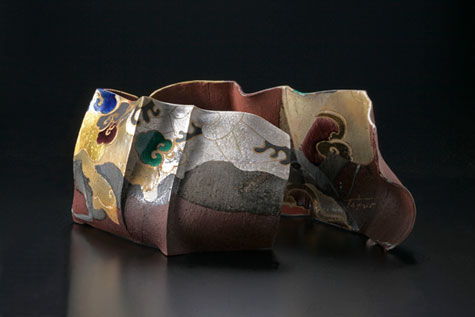
‘Dragon Cloud’ – Two piece kutani stoneware sculpture – Nakamura Takuo
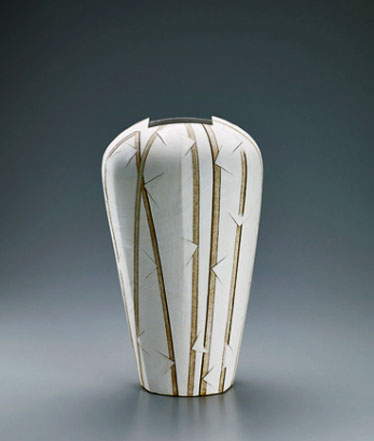
Jar of irregular shape with colored slip decoration – Ryuji Miyahara
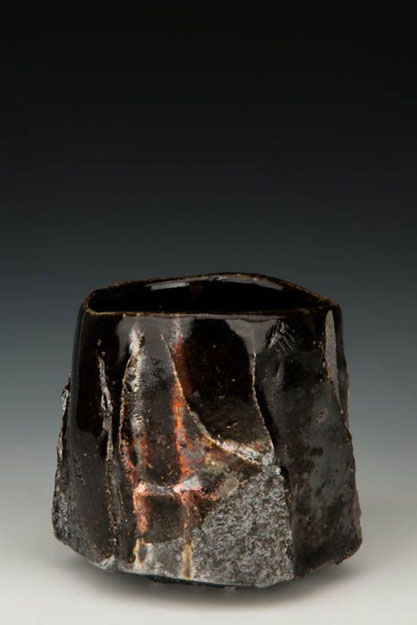
Akira Satake – ceramic cup
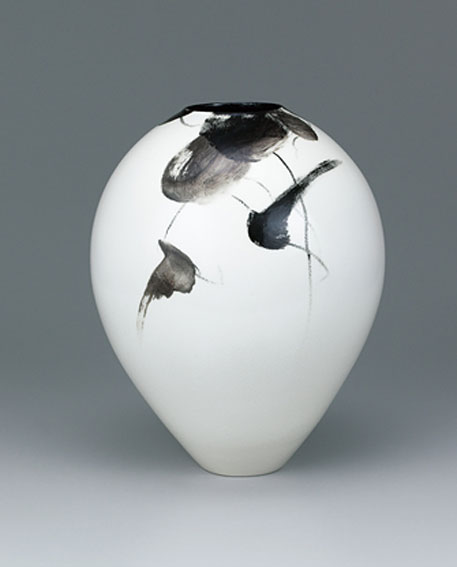
Bird decoration vase – Kazu Yoneda
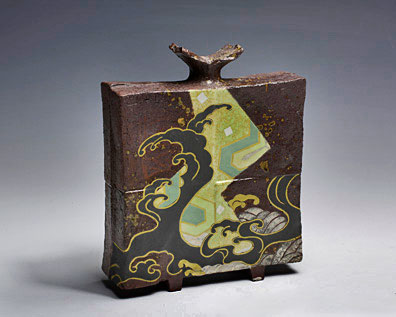
Nakamura Takuo
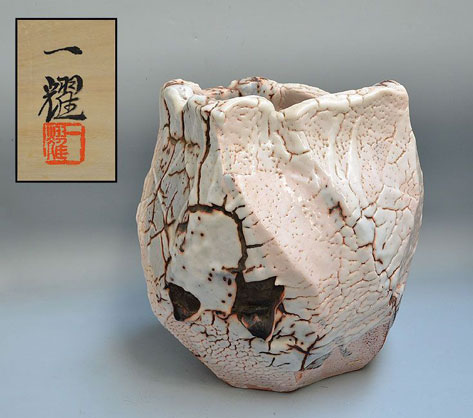
Nakashima Ichiyo
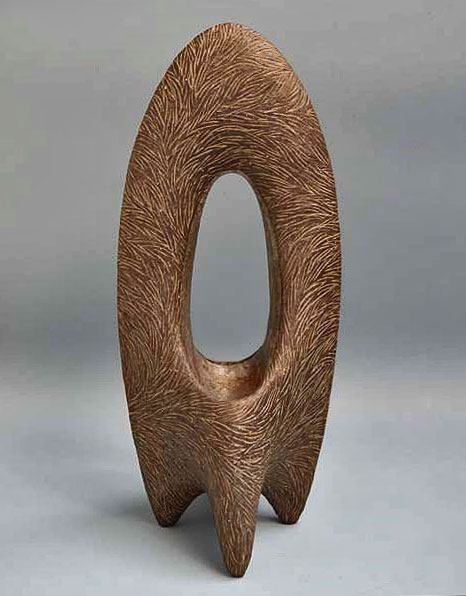
Okumura Hiromi – sculptural ceramic form
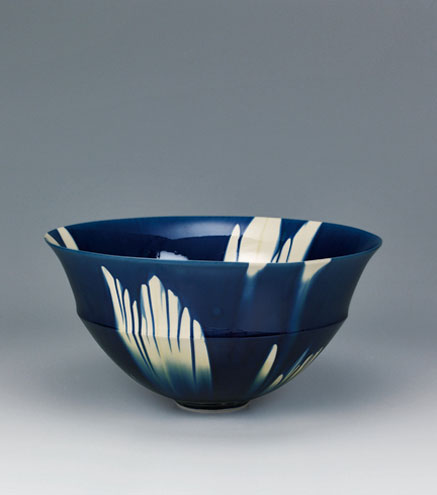
‘1307’ indigo bowl—Kiyokazu Kato
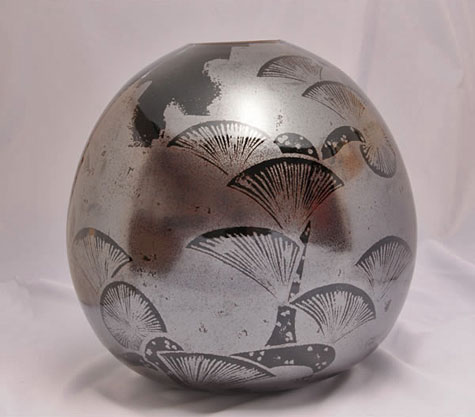
Porcelain Tenmoku Jar — Taku Nonaka
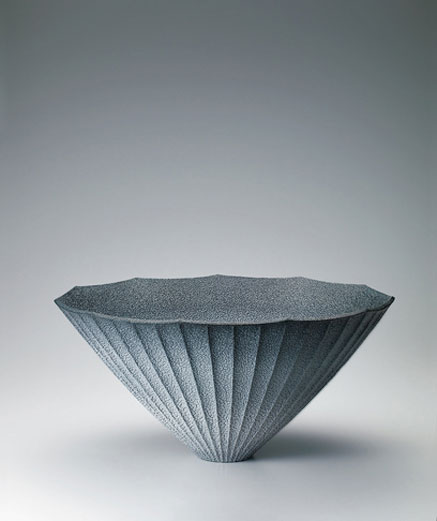
Elegant blue shino vase -Hiroshi Sakai
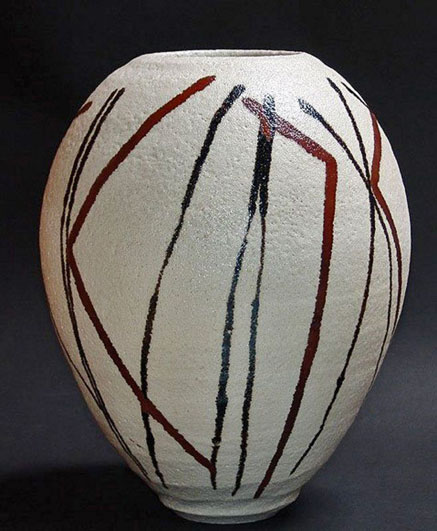
Huge pottery vessel, mottled surface – Shimizu Uich
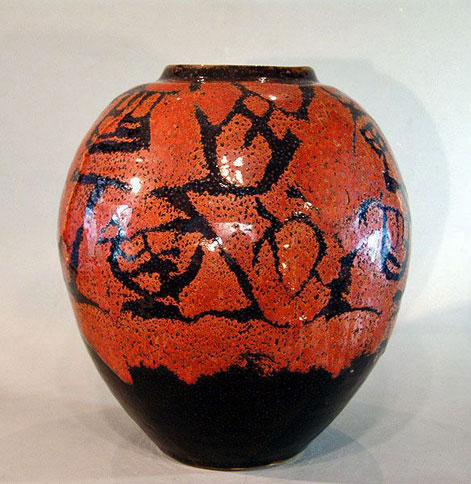
Shimizu Yasutaka tsubo
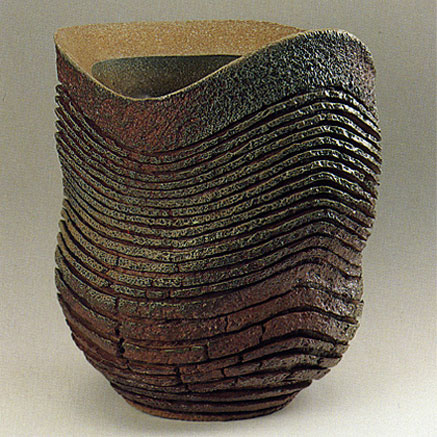
Tsumiage Kaki (Flower Vase) – Yamamoto Izuru
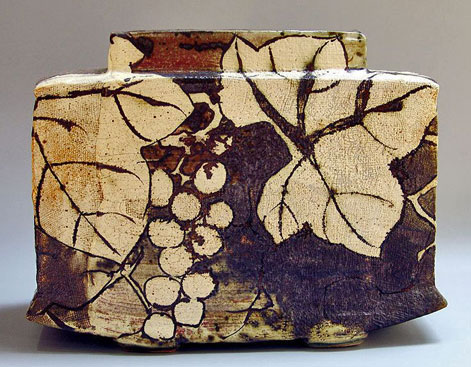
Miyake Yoji
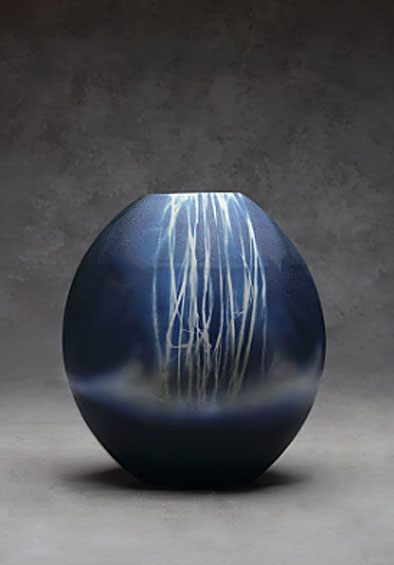
Kazuhide Uchida
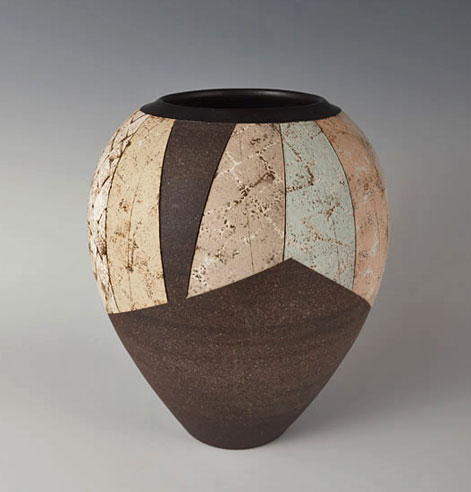
Sadeiji tsubo – Hiroshi Kikuchi
japanpotterynet.com
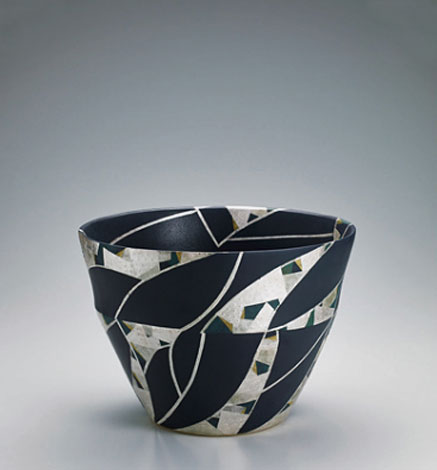
‘Flowing shadow’ – Yoshie Kitahama
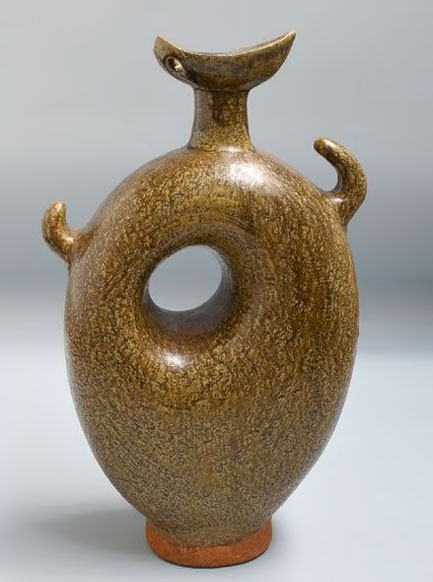
Vintage vessel – Takiguchi Kazen
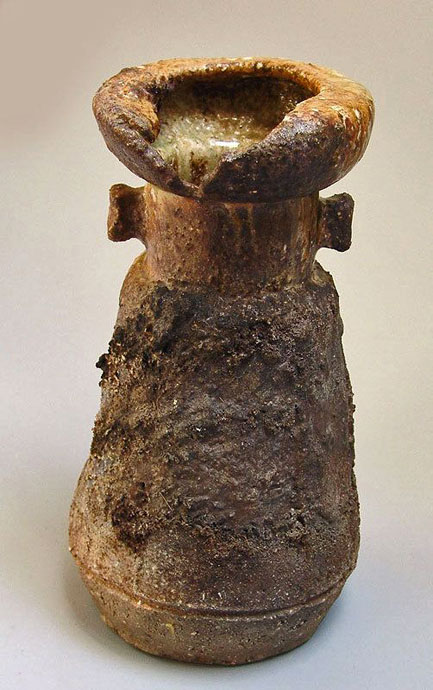
Wood fired vase – Tani Seiuemon
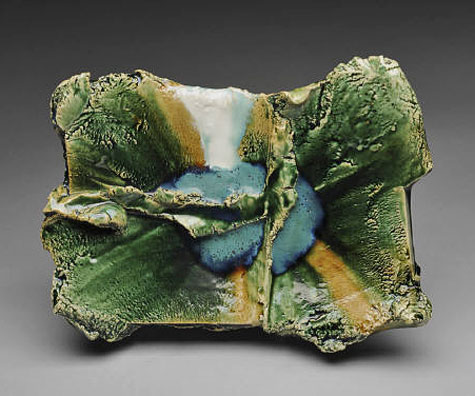
Oribe Plate – Shigemasa Higashida
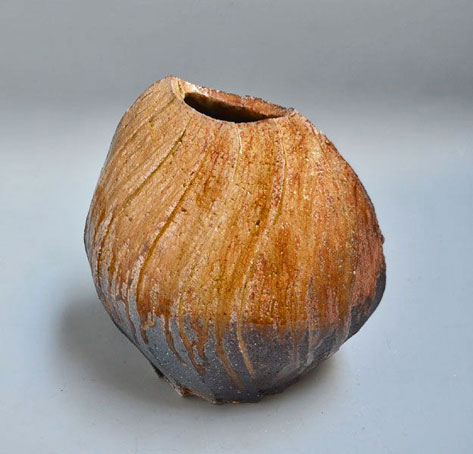
Shigaraki Vase by Ueda Mitsuharu
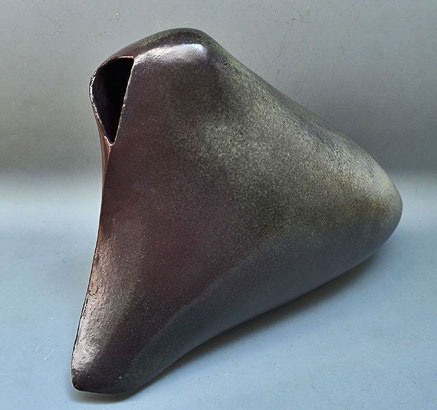
Takiguchi Kazuo
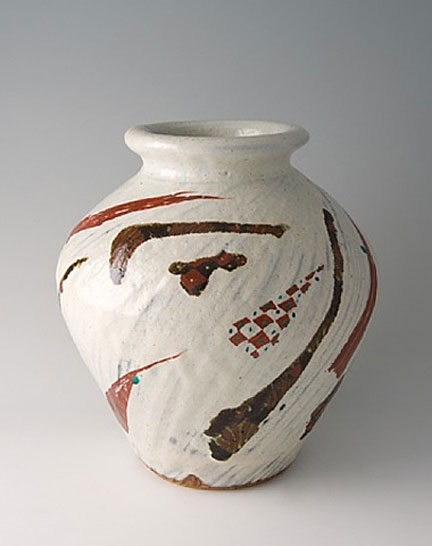
Tomoo Hamada
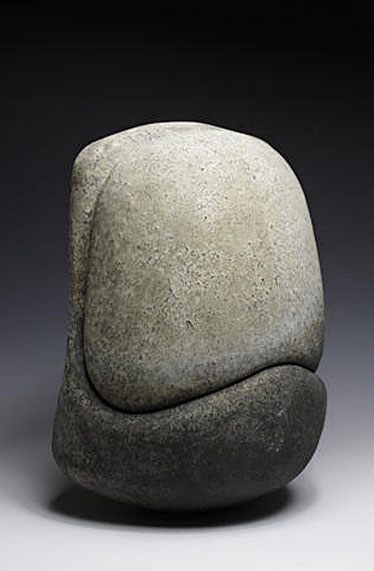
Gomi Kenji
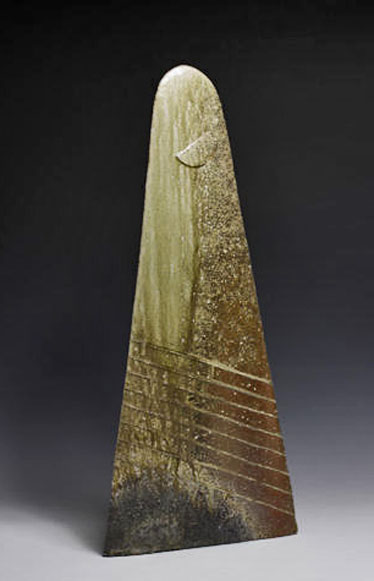
Kato Takahiko
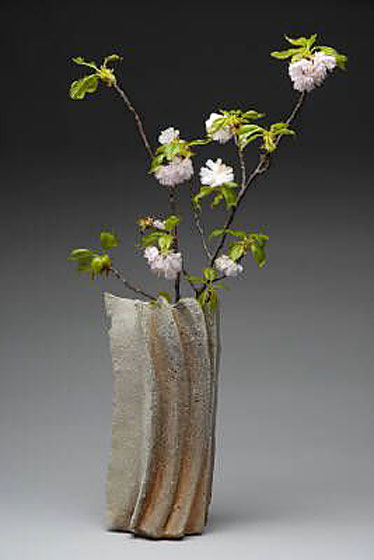
Yasuhisa Kohyama
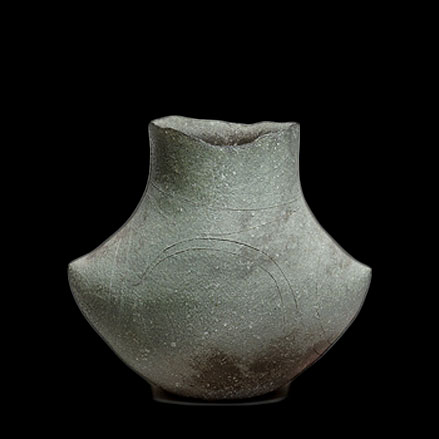
Yasuhisa Kohyama
Japan Art Galerie
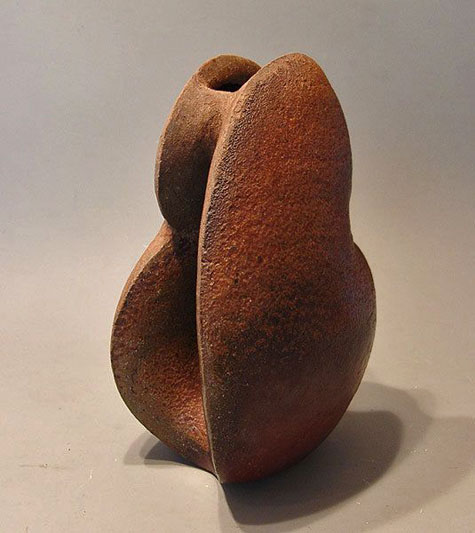
Kawabata Fumio
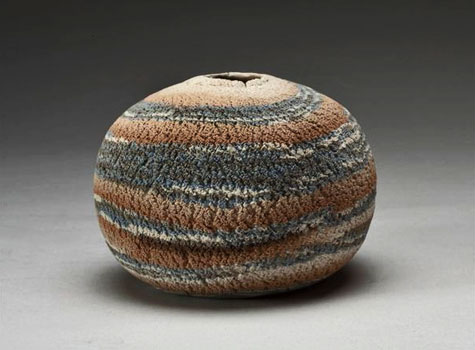
Matsui Kosei – Stoneware with layers of colored clay
Alain A Truong
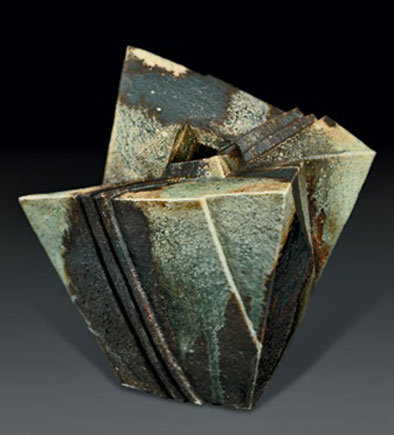
Yoshitaka Hasu
NEXT POST – Papua New Guinea exotic arts

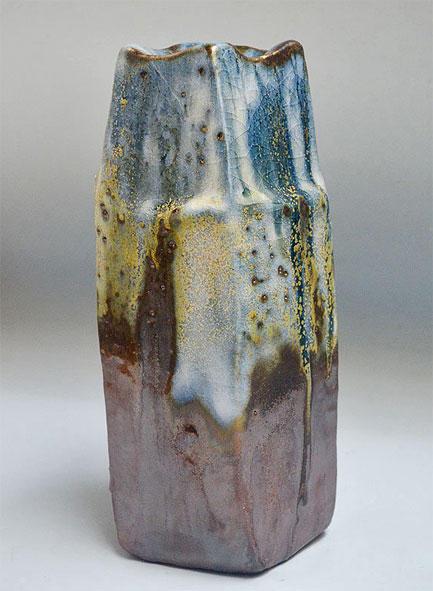
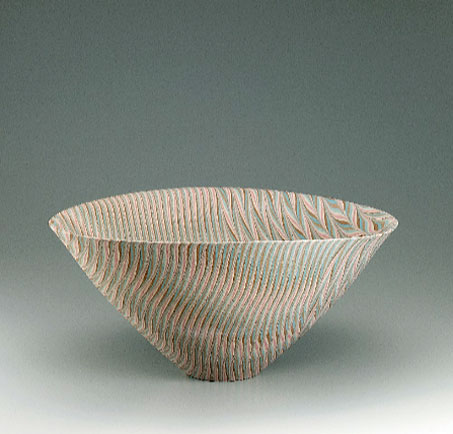
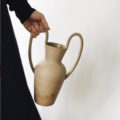
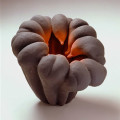
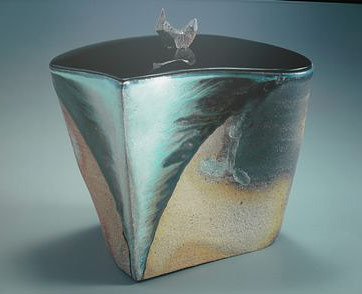
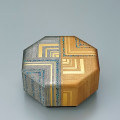








































































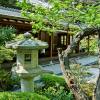
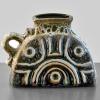
4 Comments
Another outstanding collection for us to see. Thankyou so much for the outstanding eclectic art you keep coming up with.What a variety of work you have shown but always of the highest standard and presented so well.
We just had the Indigenous Art Festival in Cairns and Thancoupie was the patron and one of the founders. I think you would like all their work. Canopy Art in Cairns and CIAF could be contacted. Look forward to your next display. sue barstow
Amazing work. Thank you for sharing with us.
Kind Regards
Monica
Amazing work!
Sono delle opere veramente belle ,grande
maestria ,colori e decori molto piacevoli,
forme interessanti !Donata